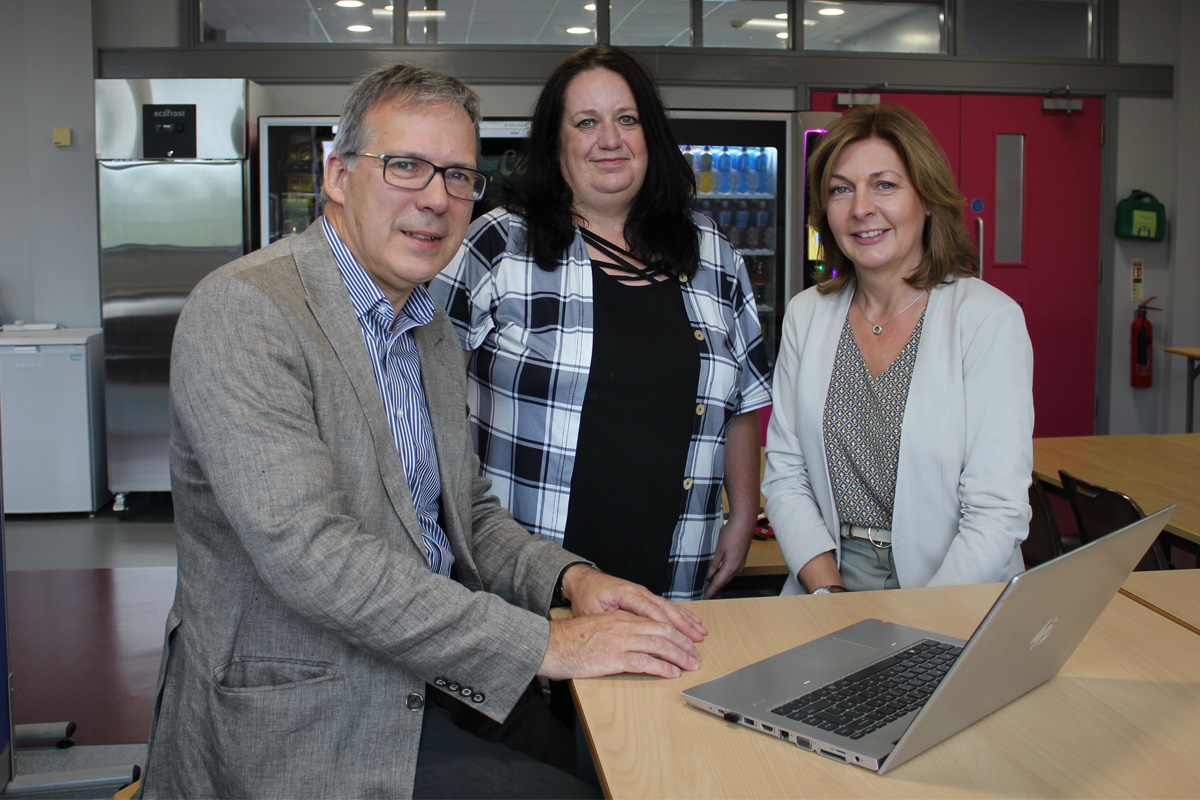A diverse workforce is a successful workforce

No doubt one of the big buzzwords for 2023 in the workplace has been Neurodiversity. The issues associated and benefits of either working with neurodivergence or managing employees with the associated conditions, have been topical themes throughout HR.
Neurodiversity refers to the natural range of difference in human brain function, but in a workplace context, it’s an area of diversity and inclusion that refers to alternative thinking styles, such as Dyslexia, Autism, ADHD, dyspraxia and Tourette Syndrome. We’ve recently seen a big increase in children and adults being diagnosed with these conditions, therefore it’s time that employers addressed the many ways that they can support employees and highlight the benefits of working with a neurodiverse and neurotypical team.
The negative aspects of these conditions that have been talked about include; poor organisation skills, a lack of willing to work within a team and taking a long time to adapt to a new workplace environment for example. This is because typically, working environments are set up for neurotypical ways of thinking and doing. Employers must evaluate their current set-up at work- how inviting is the new-starter programme for employees who are neurodiverse? If it’s set up for neurotypical, then employers must think of changes that can be made to help new neurodiverse workers settle in easier.
However, Neurodivergent individuals can bring to the workplace a range of benefits which include out-of-the-box thinking and creativity. I’ve seen this throughout my career and there’s no doubt in my mind that a successful team is a diverse team- including neurodiverse and neurotypical employees.
Employers can support employees with these conditions by;
1. Avoiding the use of jokes, sarcasm or ambiguous statements
2. Using concise sentences with obvious actions and timelines
3. using short sentences in written communications, including the use of bullets
4. instead of written instructions, where possible use diagrams to describe actions
Many people with these conditions are fearful of disclosing their condition at work, especially when applying for a job but I think we’ll now see employees embracing their diversity, as employers open up their hiring and onboarding programmes.
Often seen as a negative, employers should encourage candidates to highlight any conditions and show support and positivity throughout the interview process, even adapting how they interview candidates.
By Lord Mark Price, Founder of WorkL











Responses